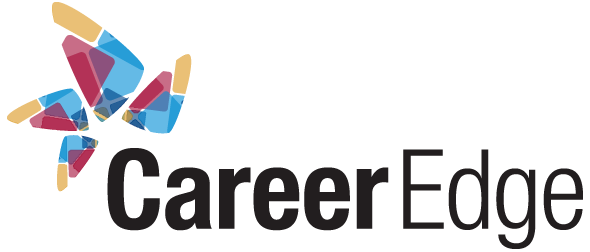We have created a log of your page request and will start trying to track it down.
In the meantime, you might find what you’re looking for via the navigation bar at the top of the page, or by checking out one of our frequently visited pages:
Well, this is awkward. We can’t seem to find the page you requested.
STILL CAN'T FIND IT?
We’ll help you find the page you’re looking for.
